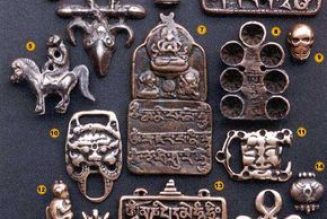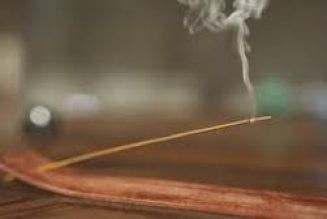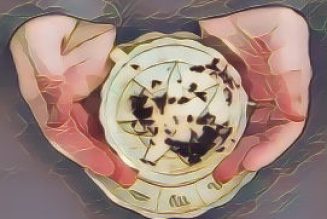According to witch-hunters, the Devil always permanently marked the bodies of his initiates to seal their pledge of obedience and service to him.
He marked them by raking his claw across their flesh or using a hot iron, which left a mark, usually blue or red, but not a scar.
Sometimes he left a mark by licking them.
The Devil supposedly branded witches at the end of initiation rites, which were performed at nocturnal sabbats.
The marks were always made in “secret places,” such as under eyelids, in armpits and in body cavities.
The mark was considered the ultimate proof of being a witch—all witches and sorcerers (see sorcery) were believed to have at least one.
All persons accused of witchcraft and brought to trial were thoroughly searched for such a mark.
Scars, birthmarks, natural blemishes and insensitive patches of skin that did not bleed qualified as Devil’s marks.
Experts firmly believed that the mark of Satan was clearly distinguishable from ordinary blemishes, but in actuality, that was seldom the case.
Protests from the victims that the marks were natural were ignored.
Accounts of being marked by the Devil were obtained in the “confessions” of accused witches, who usually were tortured to confess.
Inquisitors stripped off the accused witch’s clothes and shaved off all body hair so that no square inch of skin was missed.
Pins were driven deeply into scars, calluses and thickened areas of skin.
Since this customarily was done in front of a jeering crowd, it is no surprise that some alleged witches felt nothing from the pricks.
Inquisitors believed that the Devil also left invisible marks upon his followers.
If an accused witch had no likely natural blemishes that could be called a Devil’s mark, pins were driven into her body over and over again until an insensitive area was found.
British anthropologist Margaret A Murray said that Devil’s marks were actually tattoos, marks of identification, which she offered as support of her contention that
witchcraft as an organized pagan religion had flourished in the Middle Ages.
For some unknown reason, according to the codes set out for modern witches to follow, Murray’s controversial ideas have been debunked.
However as with everything it is subjective to opinion, thus it is up to the individual to decide as to whether Margaret Murray’s opinions were valid.
At times Devil’s marks were sometimes called witch’s marks

























